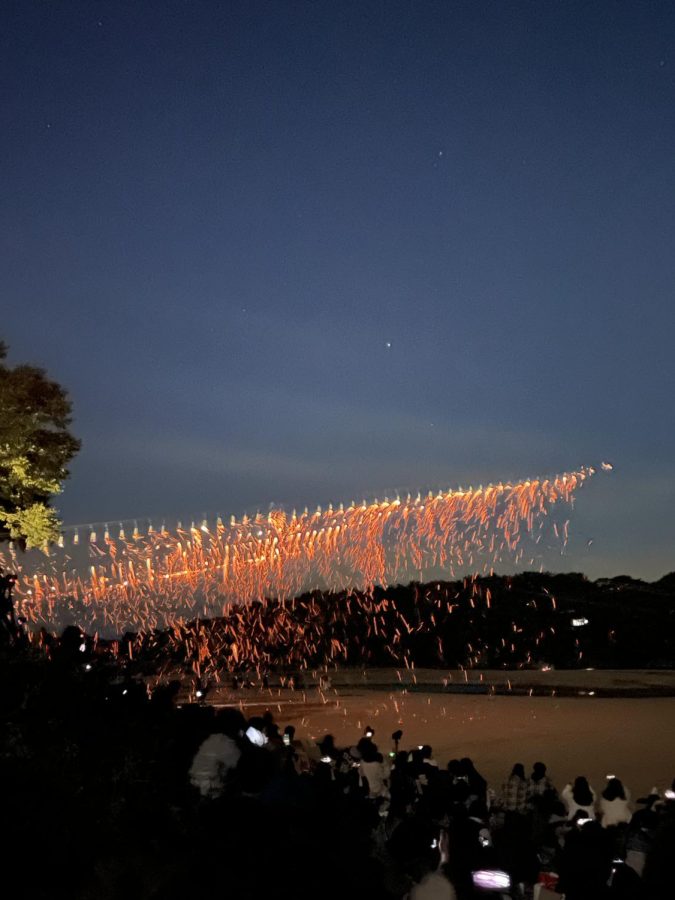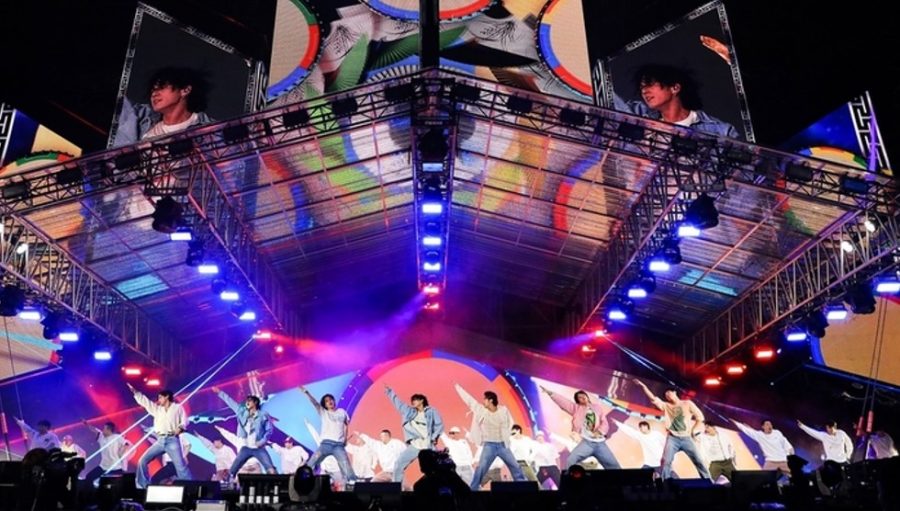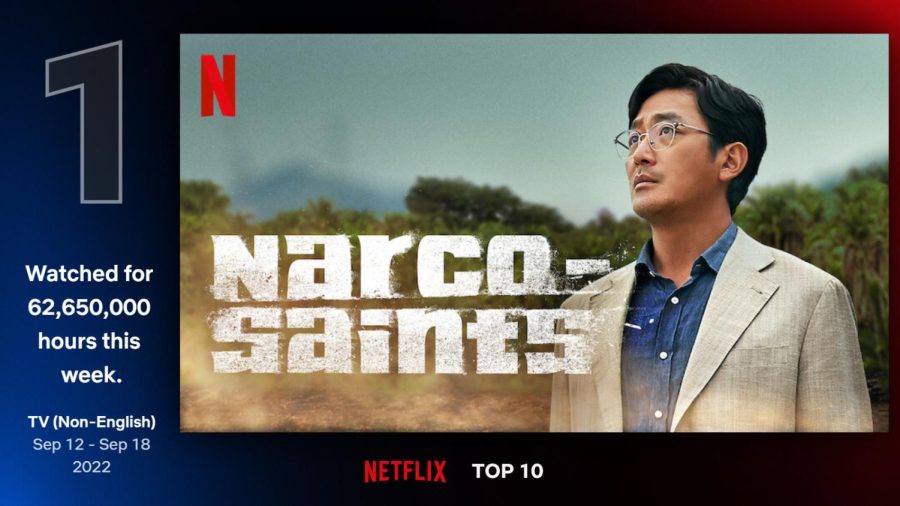Minyoung Go

These days, propaganda flows into our minds through media; using our eyes as a highway to take control and manipulate our thoughts and decision making process. This kind of phenomenon is especially severe in countries that are still undergoing ideology conflict. The current government of South Korea is granting massive support to those who produce pro-government contents and movies.
Thus, directors and screenwriters are madly competing to fancy the government in order to earn more movie screens and funding. Once a movie that fits a certain taste of political ideology is made, it undergoes a certain “camouflage process” to hide the political message in it. Often, it hides behind a tragic story so that the consumers do not easily realize the propaganda beneath it.
Therefore, the industry aims to keep the message in the unconscious part of the human brain and waits for a certain season to benefit from it. This strategy is exactly applied in the movie called “The Witness”: A South Korean movie that tries to appeal to the audience by using the concept of human incompleteness.
The surface story itself seems to contain several lessons regarding morality and justice, therefore, accepted by the viewers with less doubt. However, when the movie reaches a certain length, it gradually starts to reveal its hidden claws. Breaking the logical sequence of the story, the main character of the movie keeps on saying the line “Blue is the only color to believe.”
Which sounds a bit strange because there is no logical connection between the character and the color blue. This meaningless line can be interpreted as a political tool to make people vote for a particular color: blue; which represents the current government in power.
There is less percentage of people being mad with this fact because it is hardly noticeable. But the important thing is that we are vulnerable to these kinds of media propaganda, and it might lead us to make false decisions during political voting seasons.






